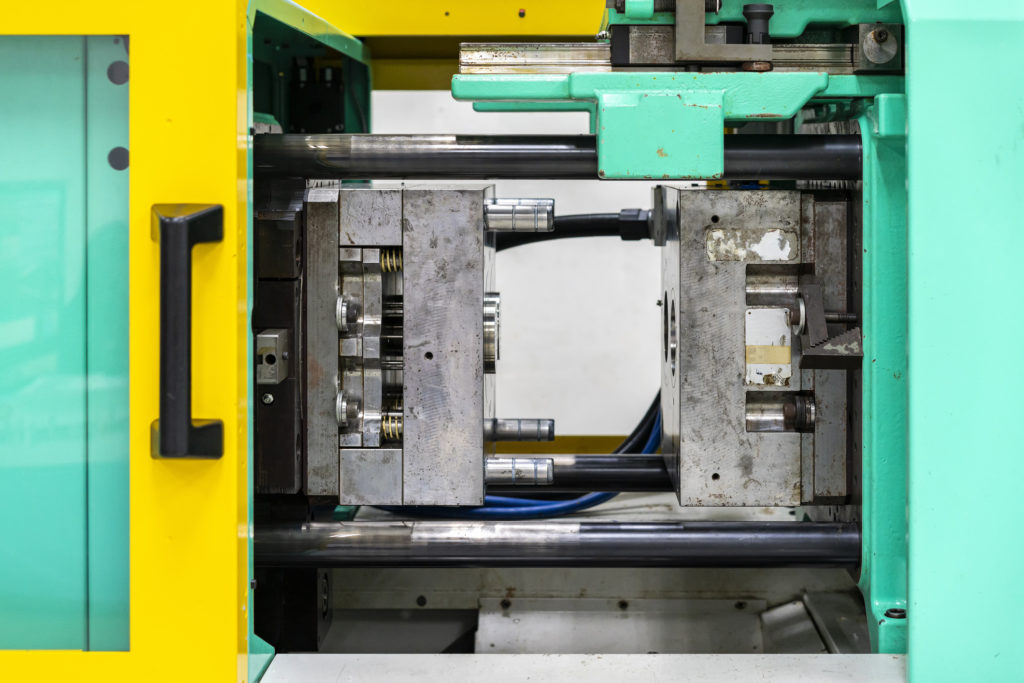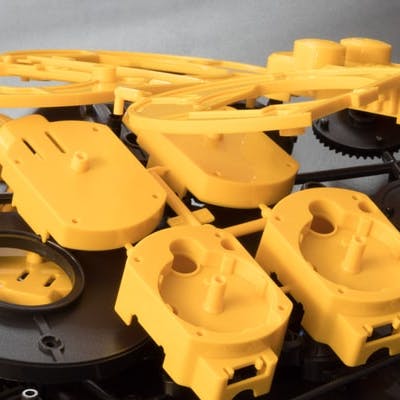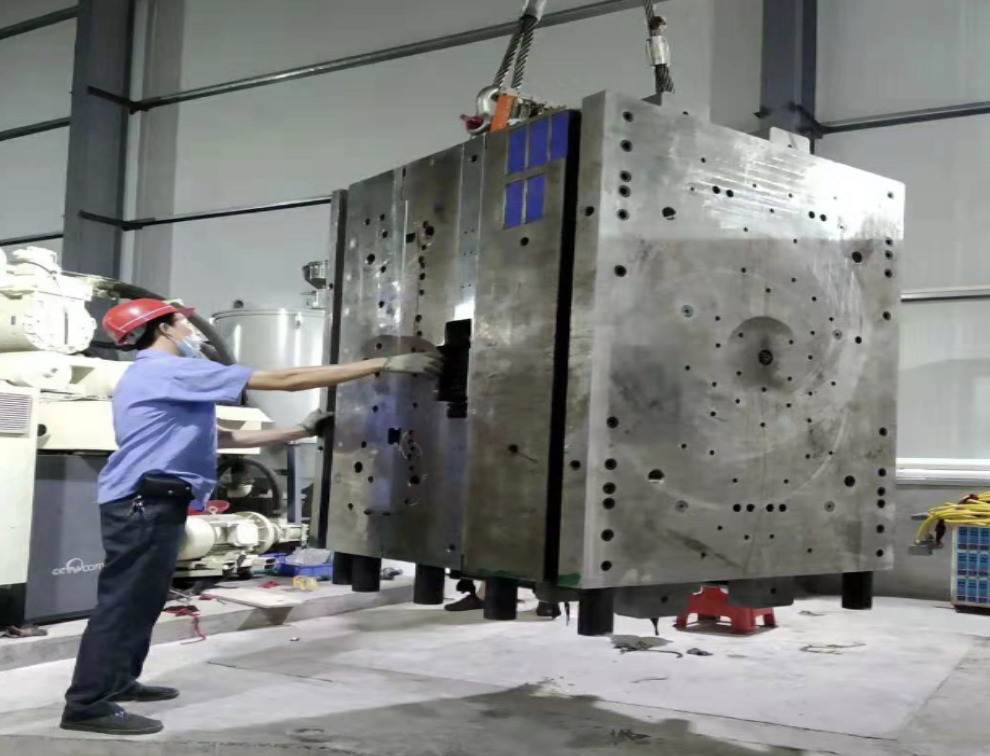The Role of Plastic Injection Molding in Producing Affordable Industrial Parts
The Role of Plastic Injection Molding in Producing Affordable Industrial Parts
Blog Article
The Future of Plastic Shot Molding: Fads and Innovations to See
As the plastic injection molding industry evolves, numerous crucial patterns are emerging that assurance to improve its landscape. Automation and wise manufacturing strategies are set to enhance performance, while the change in the direction of sustainable materials mirrors a growing environmental awareness.
Automation and Smart Manufacturing
As the plastic shot molding market evolves, automation and clever manufacturing are taking center stage, changing production processes - Plastic Injection Molding. The combination of advanced modern technologies such as robotics, IoT (Web of Things), and expert system is making it possible for producers to boost effectiveness, reduce functional costs, and enhance product high quality. Automated systems streamline operations, minimizing hand-operated intervention and raising throughput, which is essential in satisfying the climbing demand for quick manufacturing cycles
Smart producing modern technologies facilitate real-time surveillance and information evaluation, allowing firms to optimize maker efficiency and anticipate upkeep needs. This positive strategy not only reduces downtime yet also prolongs the life-span of equipment. The use of collective robotics, or cobots, boosts the flexibility of production lines, enabling equipments and employees to run side by side safely and efficiently.
The adoption of automation in plastic injection molding is not simply a pattern however a critical important for services intending to continue to be competitive in a global market. By harnessing these technologies, producers can accomplish higher precision, decrease waste, and adapt swiftly to changing customer needs, placing themselves for lasting development in a progressively automatic future.
Sustainable Materials and Practices
The push towards automation and smart production has actually led the method for a higher emphasis on lasting products and methods within the plastic injection molding industry. Companies are significantly looking for green options to conventional petroleum-based plastics, resulting in the adoption of recycled and bio-based products. These sustainable materials not just minimize environmental impact yet likewise line up with consumer need for greener products.

Additionally, partnership between makers, product vendors, and ecological companies is promoting advancement in the development of sustainable products that fulfill efficiency requirements without jeopardizing high quality. As policies around plastic usage become more stringent, the market is positioned to adjust by embracing these sustainable approaches, guaranteeing long-term viability and reducing dependence on non-renewable sources. The combination of sustainability into plastic injection molding is not merely a fad; it is coming to be a crucial part of business obligation and operational quality.
Developments in 3D Printing
Recent developments in 3D printing technology are dramatically changing the landscape of plastic injection molding. The integration of additive production processes permits the quick prototyping of complicated geometries that were once tough or difficult to achieve via conventional methods - Plastic Injection Molding. This capacity not only accelerates product growth cycles but likewise reduces material waste, straightening with the growing demand for lasting production practices
Additionally, the emergence of hybrid production strategies, which combine 3D printing and injection molding, supplies producers the capacity to create complex layouts while maintaining the effectiveness of mass production. This method makes it possible for the production of personalized components customized to particular client needs without sacrificing the speed and scalability that shot molding provides.
Additionally, improvements in special info products, such as high-performance polymers and compounds especially made for 3D printing, are enhancing the functional capabilities of printed elements. These materials can endure higher stress and anxiety and exhibit improved thermal properties, making them suitable for more demanding applications.
As 3D printing remains to progress, its assimilation right into plastic shot molding procedures assures to enhance productivity, reduce costs, and foster development in product style, positioning producers to better satisfy the difficulties of a competitive market.
Data Analytics and IoT Combination
Data analytics and the combination of the Web of Things (IoT) are transforming plastic injection molding by providing manufacturers with unprecedented insights right into their procedures. By leveraging real-time information gathered from interconnected devices and sensors, producers can monitor performance metrics, recognize inadequacies, and enhance production processes. This data-driven approach promotes anticipating upkeep, decreasing downtime and extending tools life-span.
Additionally, IoT integration permits improved high quality control. By continually tracking variables such as stress, temperature, and cycle times, makers can quickly spot deviations from developed specifications and make adjustments in actual time. This not only boosts product uniformity however also lowers waste and scrap rates.
The blend of data analytics and IoT technologies likewise empowers makers to adopt even more agile manufacturing strategies. With accessibility to comprehensive information analytics, companies can respond to market needs with greater versatility, adjusting production timetables and configurations as required. This adaptability is necessary in a rapidly altering manufacturing landscape.

Customization and Design Flexibility
Exactly how can personalization and style versatility improve the competitiveness of plastic injection molding? In a progressively diverse market, the capability to provide tailored services is critical. Personalization enables producers to meet specific client needs, suiting one-of-a-kind measurements, forms, and performances that conventional products may not fulfill. This flexibility not just promotes client loyalty yet additionally opens up opportunities for new business possibilities throughout different sectors, from automotive to durable goods.
Advancements in style technologies, such as computer-aided layout (CAD) and fast prototyping, further boost this trend. These devices enable developers to create detailed patterns and complicated geometries, which can be seamlessly incorporated into the manufacturing procedure. Consequently, suppliers can respond promptly to altering customer preferences and market demands.
In have a peek at these guys addition, the application of modular tooling systems boosts style adaptability, permitting quicker adjustments between various item designs without comprehensive downtime. This flexibility can result in minimized lead times and lower manufacturing prices, making companies a lot more competitive and dexterous. Ultimately, accepting modification and layout flexibility in plastic injection molding not just boosts item offerings but likewise enhances market positioning in an ever-evolving landscape.
Verdict
The future of plastic injection molding is defined by considerable innovations in automation, lasting methods, and innovative materials. The combination of IoT and information analytics will certainly boost functional performance and predictive maintenance. The adoption of bio-based and recycled materials, together with development in 3D printing, will promote sustainability within the market. Personalization with modular tooling and fast prototyping will allow makers to stay responsive and competitive to the dynamic needs of the marketplace.

The future of plastic injection molding is defined by substantial advancements in find out here now automation, sustainable methods, and ingenious products.
Report this page